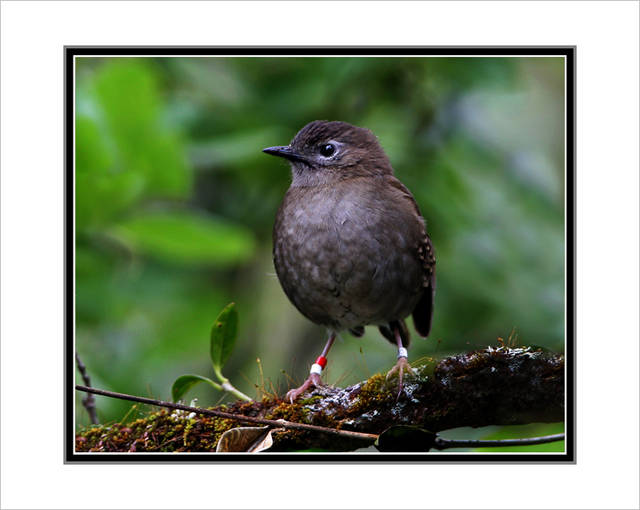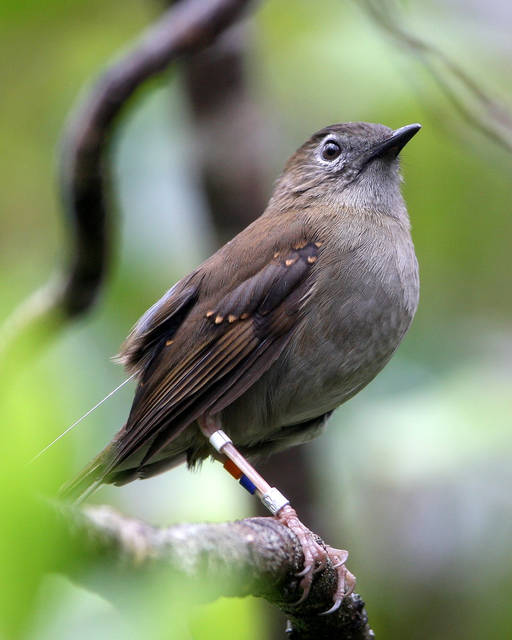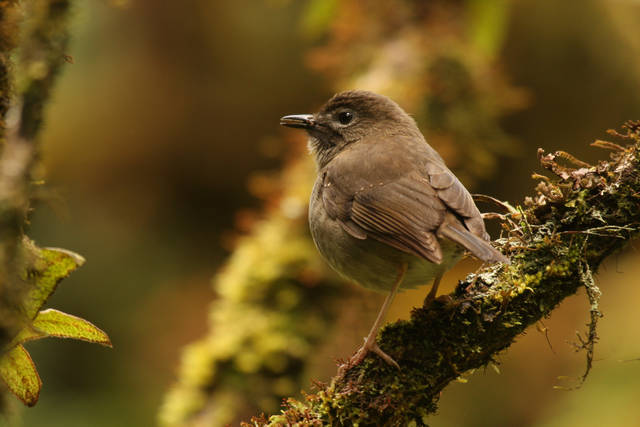HANAPEPE — Destroying the rats is the best way to protect one of Kauai’s critically endangered forest birds.
That’s according to a new study, released by researchers at the University of Hawaii at Manoa and the Kauai Forest Bird Recovery Project, which looked at different ways to manage the Puaiohi population.
The Puaiohi is a native thrush that scientists say is critical for maintaining healthy forests.
Rat control, even at more conservative levels, appeared to be the most effective method of increasing the abundance of the Puaiohi population, according to the study.
Managing other predators like feral cats, avian malaria and things like habitat degradation due to invasive species and livestock were also included in the study.
“This study shows that practical, attainable management activities can increase Puaiohi numbers and prevent the extinction of this unique endemic species,” said lead author Jean Fantle-Lepczyk.
Fantle-Lepczyk continued: “Because many of the issues facing Puaiohi are the same as those faced by the other Hawaiian forest birds, the recommended management activities could have a substantial and valuable positive impact on the other remaining endemic birds of the Alakai.”
The Puaiohi is one of the last six endemic forest bird species remaining in Kauai’s Alakai Wilderness. There are fewer than 500 Puaiohi left in the wild.
The Akikiki is another endangered and endemic species that numbers fewer than 500 individuals. Invasive rats go for their eggs as well, and the rodents will target other native forest birds like the Anianiau, which is the smallest Hawaiian honeycreeper in existence today.
Anianiau is only found on Kauai. KFBRP staff members say the species was once found all over the island, but now it is restricted to areas mostly above 600 meters in elevation — the forests in Kokee, Waimea and Alakai.
In fact, the native forest birds that remain on the Garden Island all live in the high elevation forests and face threats like avian malaria, drought and hurricanes in addition to predators and habitat reduction.
Much of the conservation work done for these birds is focused on mitigating these risks, like the March launch of the “Save a Bird, Swat a Skeeter” campaign that raised money to support field teams that monitor the birds and eradicate mosquitoes.
“To combat avian malaria, we need to know how many birds are infected and where the mosquito populations are breeding,” KFBRP project coordinator, Lisa “Cali” Crampton told TGI during the March campaign.
“That requires sending our teams into remote and challenging mountainous areas to monitor birds, as well as locating and eliminating mosquitoes and their larvae as we encounter them,” Crampton continued.
KFBRP also hosts the “Birds, Not Rats!” campaign, which raises money for rat traps and awareness about the birds, which are found nowhere else on Earth.
Those self-resetting rat traps are currently being used in the Alakai Wilderness, and have been used throughout Kauai in places like Limihuli and Hono O Napali Area Reserve since 2013.
The study, which focused just on the Puaiohi, found rats particularly target female and juvenile Puaiohi, which “appeared to be the most important influences on the population growth and persistence,” according to a Department of Land and Natural Resources news release about the study.
“This study is important because it helps justify the enormous time and effort KFBRP, its partners and the public — via the very successful ‘Birds, Not Rats!’ campaign — is investing in rat control in the Alakai,” Crampton said.
•••
Jessica Else, environment reporter, can be reached at 245-0452 or jelse@thegardenisland.com.




